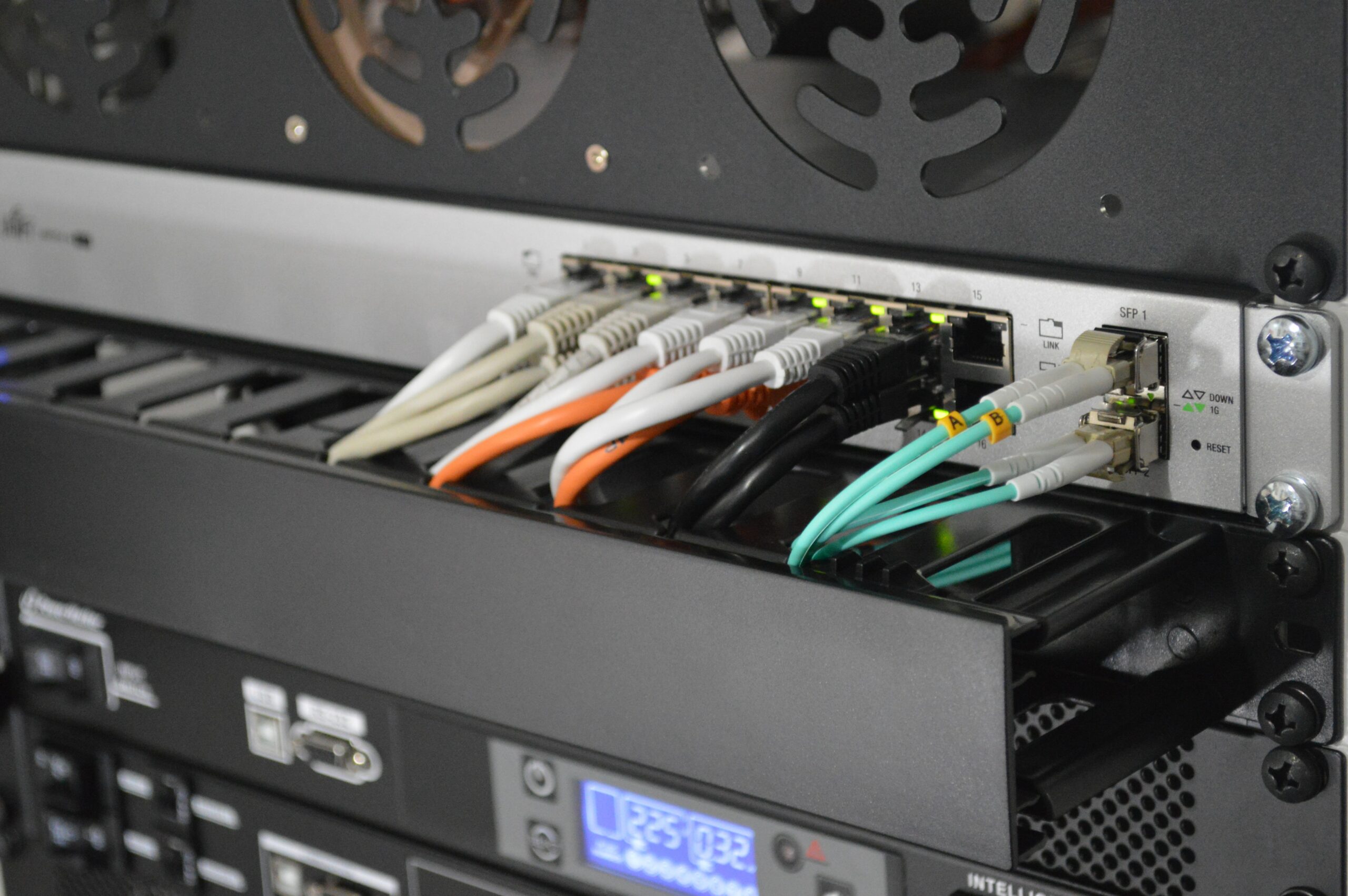
The Most Useful WiFi Network Tests for Enterprise Networks

WiFi networks are complex but getting the best performance from them doesn’t have to be time-consuming or difficult. Work with an automated, proactive tool to include these network tests in your daily tasks and quickly see an improvement in the user experience and business continuity.
The Importance of Automation and Proactive Testing
Before jumping into the tests, a quick note on why automated, proactive tools are recommended.
WiFi network ecosystems are dynamic and alive. They are constantly changing, not only day after day, but also minute by minute. With these constant changes comes a need for constant oversight. Without consistent analytics, it’s all too easy for a change to cause an issue that ripples throughout the ecosystem, affecting employees and clients and damaging productivity.
This is why proactive testing is always recommended, no matter the size of an enterprise. With proactive tests, IT teams are always aware of real-time WiFi network performance and behavior. This significantly reduces the chances that an issue will go undetected until users report a problem. By detecting issues earlier, IT professionals can often resolve them before end users are ever affected.
The best way to implement proactive testing is to work with an automated testing tool. These tools should:
- Support 24/7 scheduling to consistently return critical analytics
- Return time to IT professionals, in effect clearing their schedules for other responsibilities
- Deliver consistent metrics, which are the key to future-proofing a network because they reduce the odds of problems going undetected
- Easily scale, testing enterprise networks with thousands of connected devices in real-time
Why These Tests Were Selected
These tests are considered the most useful because they:
- Analyze the most critical aspects of the WiFi network ecosystem: While each test individually returns useful analytics, taken together, the tests effectively analyze the performance of the entire ecosystem. This eliminates network “dark spots” or mysteries and ensures that IT professionals have the insights they need to maintain optimization.
- Deliver end user quality metrics: End user quality metrics are the ideal because they provide IT with an end user perspective as to how the network is performing at any given time. Whether employees or customers, it is the end user that is responsible for maintaining and promoting business productivity. If the WiFi network doesn’t support the applications and services that users need, it doesn’t matter how well the network performs in other tests.
Now, a description of the tests.
Wireless Connectivity and Internet Connectivity/Ping Test
These tests make sure that the WiFi signal is reliably available no matter where users work. The internet connectivity/ping test tests the latency of the network. Latency is the time it takes data to travel from an AP to a user device or vice versa. The goal of every WiFi professional is to keep latency as low as possible so that there is no delay fulfilling user requests.
Application Performance Test
Application performance tests often look at factors such as command response times, network bandwidth usage, scalability or maximum concurrent users, memory utilization, and workload efficiency. For the most useful results, these tests should be run multiple times a day throughout all buildings, floors, etc. The goal is to accurately capture real-time UX and to proactively identify any issues.
Video Conference Test
Occasionally this test is included in an application performance test. However, it’s important enough to today’s business that it deserves to be called out.
Any video conference test should measure key, end-to-end metrics to determine if a WiFi network is capable of supporting high-quality video transmissions. Analytics should include details on latency, jitter, dropped packets, and the Mean Opinion Score (MOS). MOS ranks the quality of voice and video sessions, providing a fair approximation of user experience.
Security Tests
Ensuring the security of a WiFi network is obviously of the utmost importance. IT professionals need to know that there are no vulnerabilities or weak spots in a network’s security. If any exist, teams must be alerted immediately.
Vulnerabilities can occur because of everything from a misconfiguration to an interoperability error after new devices are added or the network upgrades. Security tests should assess the entire network, providing comprehensive analytics that can be used to address issues and avoid preventable attacks.
Device Discovery and Device Monitor Tests
Every enterprise should know exactly what devices are on their network and how they are utilizing the network. This is important not only from a security standpoint, but also from a performance perspective. While IT needs to know if a rogue device is on the network, they also must know if devices that should be connected, such as APs, are missing.
Device monitor tests can also deliver insight into device capabilities. This is helpful in the case of an upgrade as it allows administrators to know exactly which devices need to be upgraded and which already have the desired capabilities.
Server Tests
DNS and DHCP servers are two of the most important pieces of infrastructure for any enterprise. Keeping them optimized is therefore a top priority.
Server tests should not only test performance and reliability, but should also identify the root cause of any problem. Root causes can be internal, external, directly related to the server, or related to other infrastructure such as routers, switches, APs, or firewalls. With any number of root causes possible, a tool that automatically identifies the root cause significantly reduces the time it takes IT to resolve any problems and restore business continuity.
The Importance of AI-Powered WiFi Automation
As mentioned in the beginning of this article, automated and proactive testing tools save companies time and money. The AI-powered Wireless Intelligence Platform (WIP) not only provides all of the tests covered here, but also delivers:
- Automated alerts if any test fails or falls outside of established parameters
- Automatically identified root causes
- Suggested resolutions
- Real-time, proactive analytics
- Historical analytics with data on health and performance trends over time
- The ability to run tests over multiple APs and frequency bands using a single WIP sensor
- The ability to copy network tests across locations and SSIDs
For more information, schedule a free demo or trial today.


